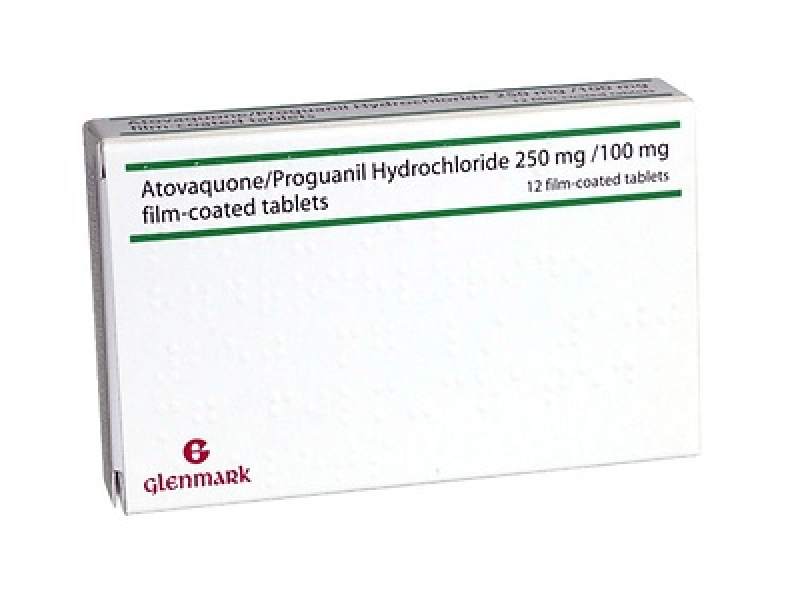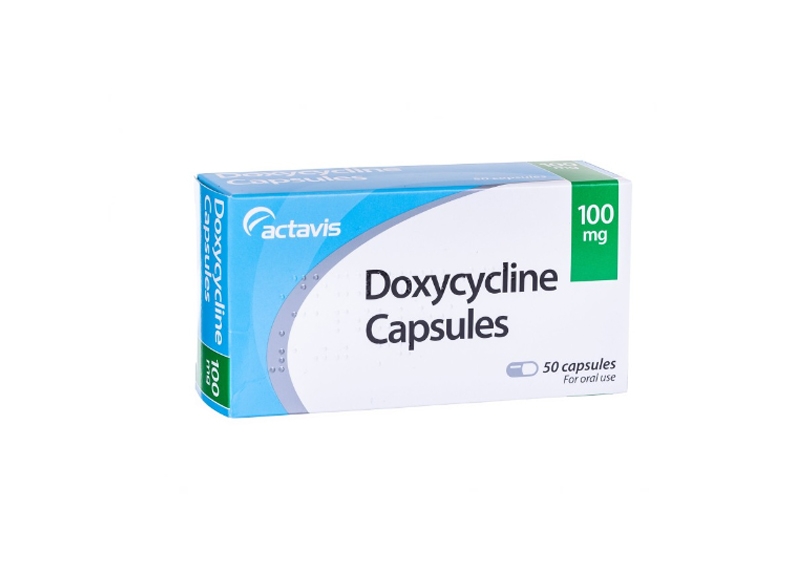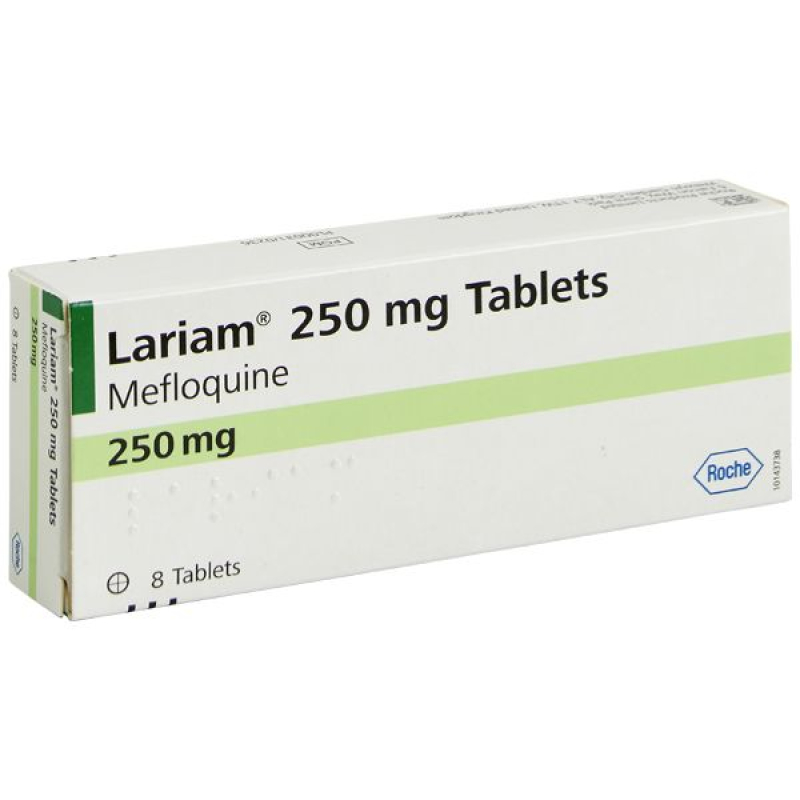How to Order ? Simple.
-

1.
Select Treatment
Choose from our treatment options or speak to the in-store pharmacist for advice
-

2.
Complete Medical Questionnaire
Complete our free online medical consultation to be reviewed by our Clinical Team
-

3.
Collect Medication from Local Pharmacy
We will notify you when your medication is ready for collection
Advice for Malaria
Malaria is a life-threatening disease caused by Plasmodium parasites, which are transmitted to humans through the bites of infected female Anopheles mosquitoes. The disease is prevalent in tropical and subtropical regions, especially in sub-Saharan Africa, parts of Asia, and Latin America. When bitten by an infected mosquito, the parasites enter the bloodstream and travel to the liver, where they mature and multiply. After emerging from the liver, the parasites invade red blood cells, causing them to burst and release new parasites into the bloodstream.
The symptoms of malaria typically develop 9 to 14 days after the mosquito bite and include sudden onset of fever, chills, sweating, headache, muscle aches, and fatigue. In severe cases, malaria can cause complications such as anemia, cerebral malaria (which affects the brain), organ failure, and death if not promptly treated.
Diagnosis is primarily done through microscopic examination of blood smears or rapid diagnostic tests (RDTs) that detect parasite antigens. Prevention strategies include the use of insecticide-treated bed nets, indoor residual spraying, and antimalarial prophylactic medications, especially for travelers to endemic areas.
Treatment involves antimalarial drugs such as chloroquine, artemisinin-based combination therapies (ACTs), or other appropriate medications depending on the parasite species and local drug resistance patterns. Early diagnosis and prompt treatment are critical to reduce morbidity and mortality associated with malaria. Continued control efforts and public health measures are essential to reduce the global burden of this disease.
The symptoms of malaria typically appear within 9 to 14 days after a mosquito bite infected with Plasmodium parasites. The initial presentation often begins abruptly with high fever, chills, sweating, and fatigue. Patients may experience severe shivering and shaking episodes, often described as rigors, followed by cold, clammy feeling as the body temperature drops.
As the fever subsides, sweating occurs, leading to a sensation of relief, but episodes can repeat every 24 to 48 hours, depending on the species of parasite. Other common symptoms include headache, muscle aches, joint pain, nausea, vomiting, and diarrhea. In some cases, patients may develop a dry cough or abdominal pain. The febrile episodes are often paroxysmal, meaning they come and go in cycles.
In severe cases, symptoms escalate to confusion, seizures, breathing difficulties, anemia, jaundice (yellowing of the skin and eyes), and organ dysfunction, especially affecting the brain (cerebral malaria) and kidneys. Children, pregnant women, and immunocompromised individuals are at higher risk for severe complications. Persistent or untreated malaria can lead to profound anemia, coma, and death.
Malaria's symptoms can resemble other febrile illnesses, so laboratory confirmation through blood tests is essential for accurate diagnosis and appropriate treatment. Early detection and prompt management are vital to decrease the risk of severe outcomes.
Malaria is caused by infection with Plasmodium parasites, which are transmitted to humans through the bites of infected female Anopheles mosquitoes. The primary cause is the transmission of the parasites during a mosquito bite, which introduces the infectious sporozoites into the bloodstream. Once inside the body, the parasites travel to the liver, where they mature and multiply. After developing in the liver, the parasites enter the bloodstream and infect red blood cells, leading to the symptoms associated with malaria.
Other less common causes include blood transfusions, shared needles, or from mother to fetus during pregnancy (congenital malaria), if the mother is infected. In areas where malaria is endemic, the continuous presence of infected mosquitoes maintains the cycle of transmission. Factors that increase the risk of contracting malaria include living in or traveling to warm, humid, mosquito-prone regions, poor housing conditions that allow mosquito entry, lack of insect protection measures, and inadequate health infrastructure for malaria prevention and treatment.
In summary, malaria is caused by the transmission of Plasmodium parasites through mosquito bites, with environmental and socio-economic factors influencing the risk of infection.
Alternative treatments for malaria include other medications and non-drug approaches, especially in cases where the primary drugs are contraindicated or ineffective.




